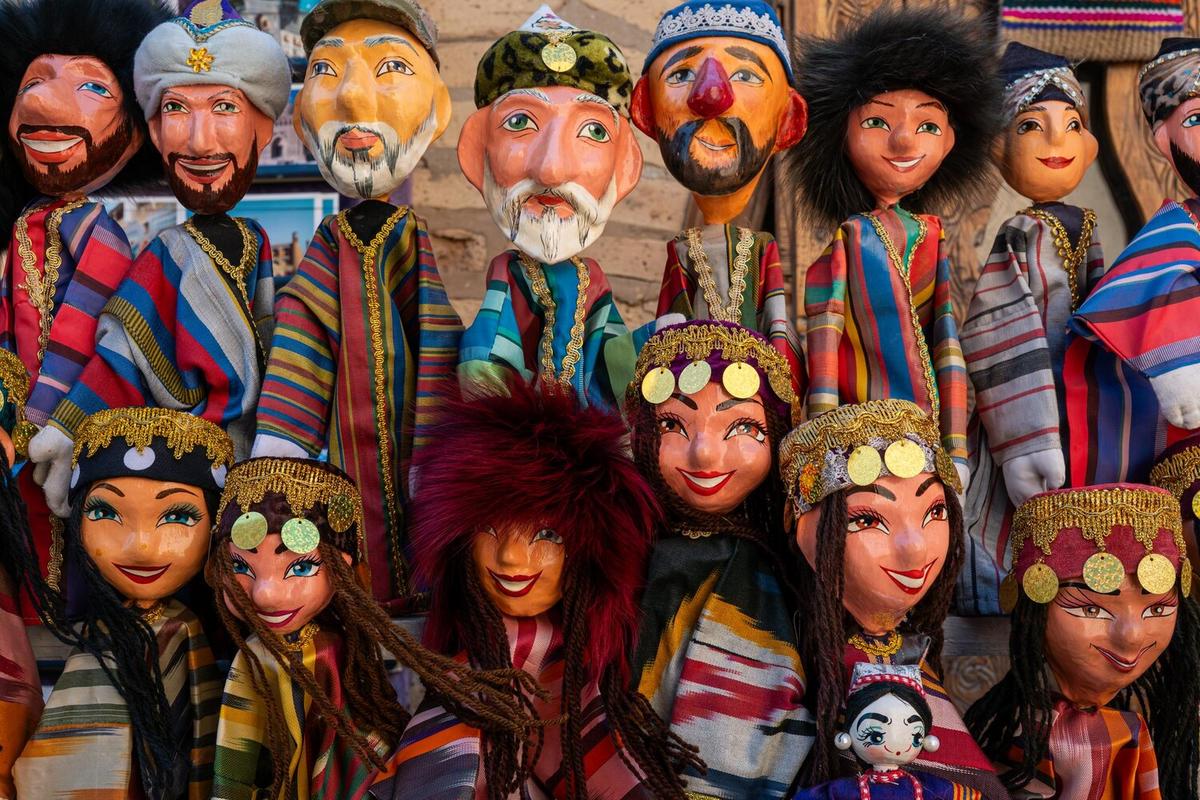
The Impact of Tech on Modern Art Installations
As technology continues to evolve at an unprecedented pace, its influence extends into every facet of our lives, including the realm of contemporary art. Modern art installations are increasingly incorporating cutting-edge technologies, creating immersive experiences that captivate audiences and challenge traditional notions of art.
The Marriage of Technology and Art
The integration of technology into art installations has opened new avenues for creativity and expression. Artists are now able to experiment with digital tools, virtual reality, and interactive elements, resulting in works that engage viewers in dynamic ways. According to a survey by Artsy, 54% of art collectors showed interest in digital art, highlighting a growing appreciation for tech-driven art forms.
Expert Insights
Renowned curator and art critic, Claire Bishop, notes that “the incorporation of technology in art is not merely an enhancement but a reinvention of the artistic experience.” This sentiment resonates with many in the art world who see technology as a catalyst for innovation.
Statistics and Research
Research from the Digital Culture Project indicates that 68% of art organizations have embraced digital technology in their exhibitions, demonstrating its widespread impact. This adoption is not just about keeping pace with trends but also about enhancing the accessibility and interactivity of art.
Case Studies: Tech in Action
Consider the example of a recent installation at a major museum that utilized augmented reality (AR) to bring historical paintings to life. Visitors could use their smartphones to view animated overlays, providing a richer understanding of the artwork’s context and creation.
Actionable Tips for Artists
- Experiment with digital tools like AR and VR to add new dimensions to your work.
- Collaborate with tech experts to explore innovative possibilities.
- Attend workshops and seminars on digital art to stay updated on the latest trends.
Pro Tip: When integrating technology into your art, focus on how it can enhance the narrative or emotional impact of your piece, rather than using tech for tech’s sake.
Table: Technological Tools in Modern Art
| Technology | Application |
|---|---|
| Virtual Reality | Creating immersive environments |
| Augmented Reality | Interactive overlays on physical art |
| 3D Printing | Producing sculptures and installations |
| Projection Mapping | Transforming spaces with visuals |
| Artificial Intelligence | Generating unique art pieces |
| Blockchain | Authenticating art sales |
| Digital Animation | Enhancing storytelling |
| Interactive Screens | Engaging viewer participation |
Frequently Asked Questions
Is technology making traditional art obsolete?
No, technology complements traditional art by offering new ways to experience and interpret it.
How can artists learn to use new technologies?
Artists can take online courses, attend workshops, and collaborate with tech professionals to gain skills in digital art tools.
Conclusion
In summary, technology’s impact on modern art installations is profound, offering artists novel tools to push boundaries and engage audiences in unprecedented ways. By embracing these technological advancements, artists can create works that not only reflect our contemporary world but also shape the future of art. For those interested in exploring further, resources such as Artsy and Digital Culture Project provide valuable insights and opportunities to delve deeper into this exciting fusion of art and technology.


